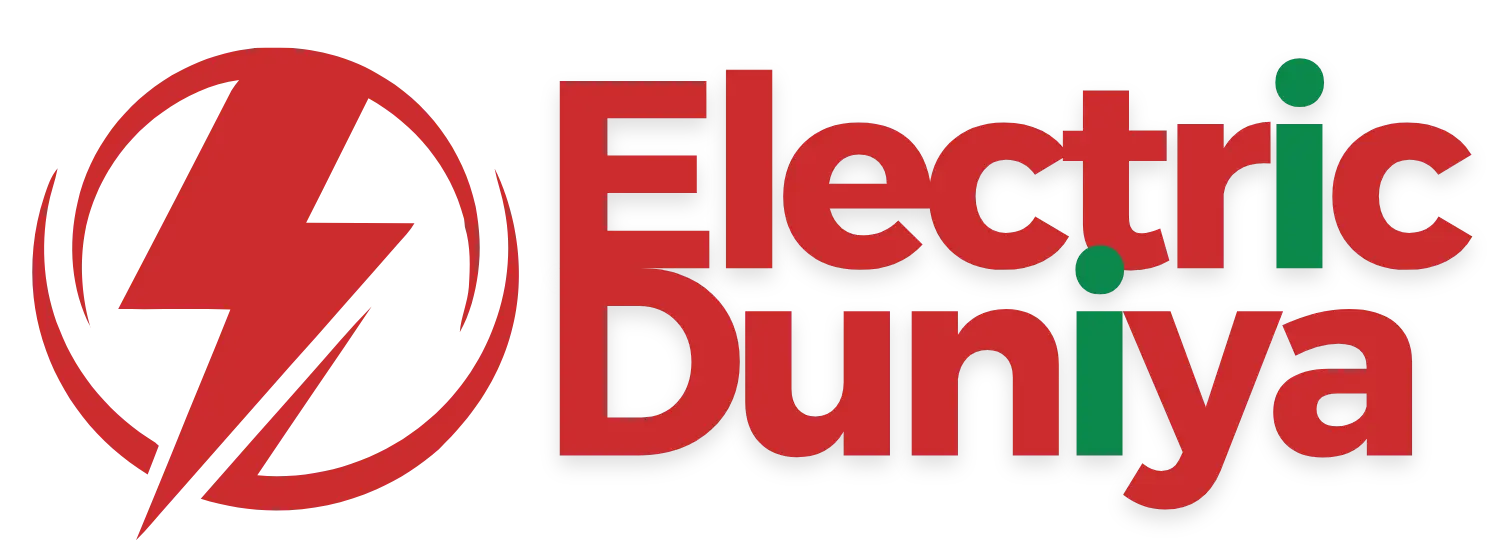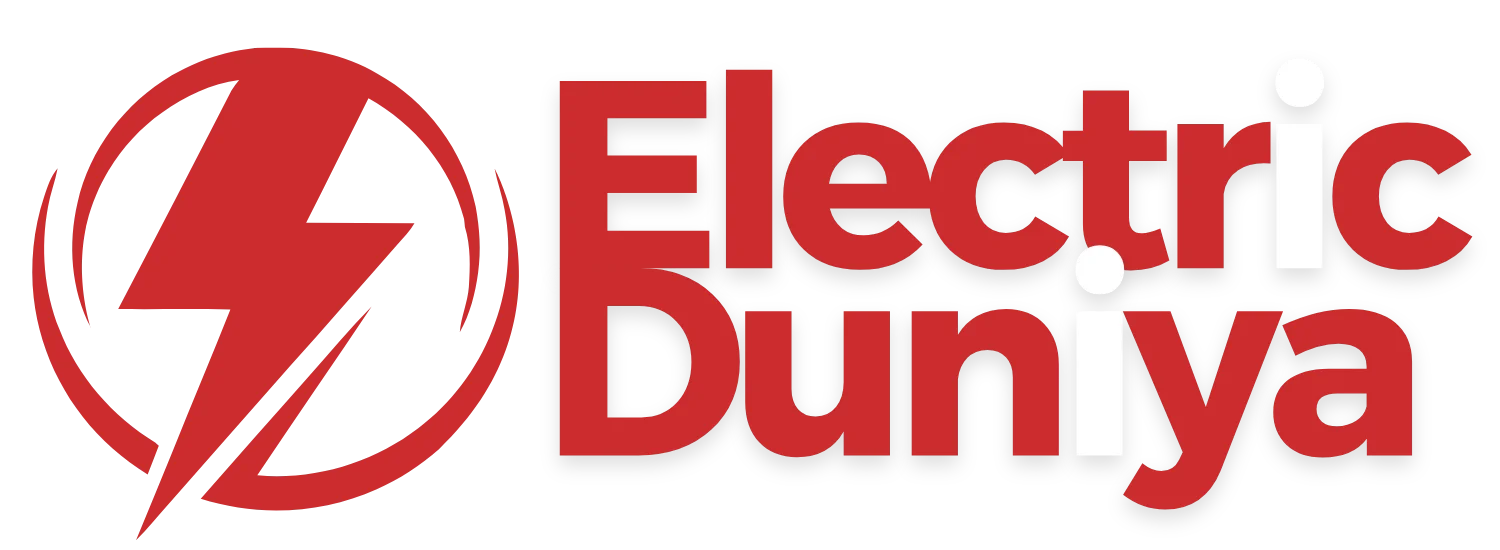Onboard Charger
An onboard charger (OBC) is the EV component that converts AC power from charging stations or household outlets into DC power to safely recharge the battery.
Overview
The onboard charger (OBC) is a critical interface between the electric vehicle and the power grid. While DC fast chargers deliver direct current directly to the battery, most charging infrastructure worldwide still provides alternating current (AC). The OBC bridges this gap by converting AC into battery-compatible direct current (DC).
In addition to conversion, OBCs regulate voltage, current, and temperature during charging, ensuring the battery is charged efficiently and safely. With the rise of EV adoption, onboard chargers are being designed to support higher charging speeds, smart-grid communication, and bidirectional energy flow, making them central to the future of electric mobility.
How Does It Work?
The operation of an onboard charger involves multiple coordinated steps:
-
AC Input: The charger receives alternating current from a home outlet or public AC charging station.
-
Rectification & Conversion: The OBC transforms AC into DC through rectifiers and power electronics.
-
Charge Regulation: Voltage and current are modulated to match the specific requirements of the battery pack.
-
Battery Management System (BMS) Communication: The OBC works with the BMS to monitor cell balance, temperature, and state of charge.
-
Safety Protocols: If irregularities such as overheating, overvoltage, or ground faults occur, the OBC limits or stops charging.
This mechanism enables convenient and controlled charging in diverse environments—from residential garages to commercial charging networks.
Features of Onboard Charger
-
AC-to-DC Conversion: Ensures compatibility with standard electrical outlets.
-
Optimized Charging Control: Manages charging speed, voltage, and current for efficiency.
-
Safety Protection: Prevents overheating, short circuits, or battery overcharging.
-
High Efficiency: Advanced OBCs reach efficiency rates above 95%, reducing energy loss.
-
Bidirectional Capabilities: Some OBCs enable vehicle-to-grid (V2G) and vehicle-to-home (V2H) functions.
-
Compact Integration: Lightweight and space-saving design to fit modern EV architectures.
Applications in EV
The onboard charger plays an essential role in everyday EV use cases:
-
Residential Charging: Enables EVs to charge from standard AC wall sockets or dedicated home chargers.
-
Public Infrastructure: Provides compatibility with widespread Level 2 AC chargers.
-
Fleet Management: Facilitates predictable overnight charging cycles for commercial EV fleets.
-
Smart Energy Integration: Supports load management and renewable energy integration in smart grids.
-
Emergency Charging: Allows charging flexibility in areas with limited DC fast-charging infrastructure.
Conclusion
The onboard charger is indispensable in ensuring that EVs remain practical and adaptable to diverse charging environments. By managing AC-to-DC conversion, optimizing energy flow, and ensuring safety, it empowers EV owners with flexibility and reliability. As the industry progresses toward smarter, faster, and bidirectional charging, OBC technology will remain a cornerstone of sustainable electric mobility.

